How To Keep The Ball Mill Raw Ore Ratio In The Cement Plant r
2023-09-29T13:09:10+00:00
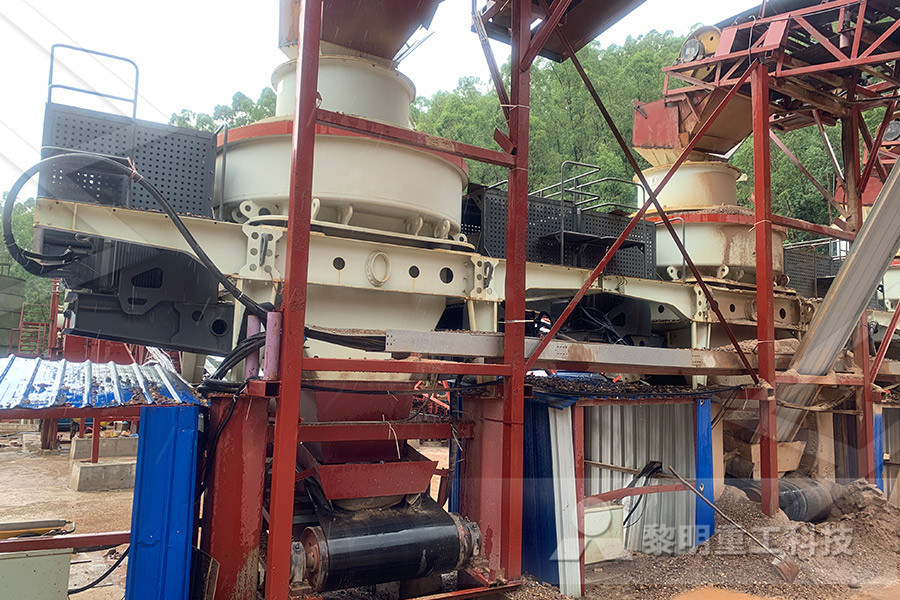
How to improve the grinding efficiency of the ball mill
08/07/2019 The ratio of sand return to raw ore feeding directly affects the productivity of the mill One way to increase the sand return ratio is to increase the original ore feed, and the other is to reduce the shaft height of the spiral grader However, there are also certain limits to the increase of sand return ratio When it increases to a certain value, the productivity of the mill 13/02/2017 In all ore dressing and milling Operations, including flotation, cyanidation, gravity concentration, and amalgamation, the Working Principle is to crush and grind, often with rod mill or ball mill, the ore in order to liberate the minerals In the chemical and process industries, grinding is an important step in preparing raw materials for subsequent treatment In present Ball Mills Mineral Processing Metallurgy10/12/2019 Cement drytype ball mill is mainly used for grinding raw materials and clinker (finished products and raw materials) in cement plant, and also for grinding various ores and other grindable materials in metallurgy, chemical industry, electric power and other industrial and mining enterprises It can be used for open flow grinding and circular flow grinding composed Cement Ball Mill JXSC Machine
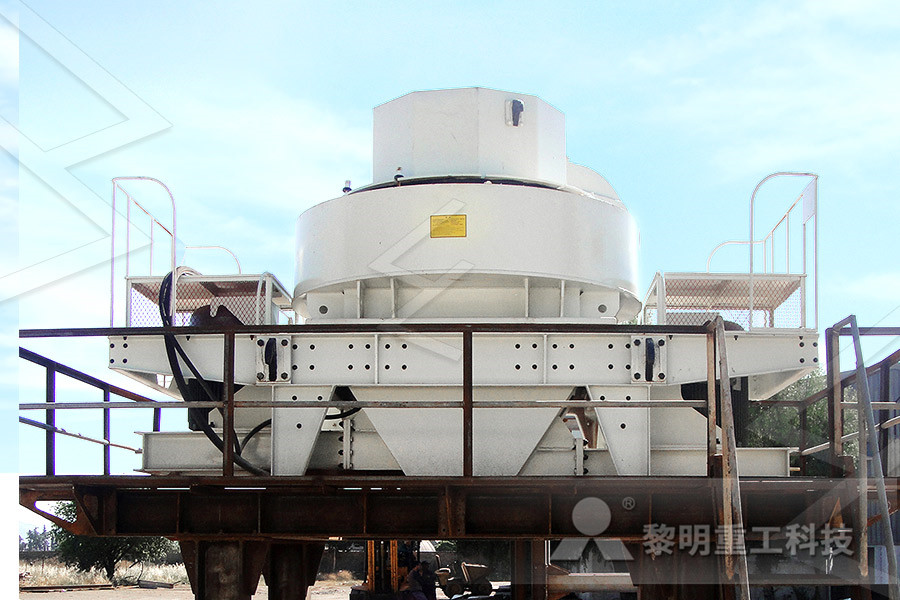
Raw Mill In Cement Plant,Cement Making Plant
Do your know how does the raw mill work in the cement plant? This paper mainly introduces the raw mill in cement plant In order to achieve the desired setting qualities in the finished product, a quantity (28%, but typically 5%) of calcium sulfate (usually gypsum or anhydrite) is added to the clinker and the mixture is finely ground to form the finished cement powder This is achieved 19/06/2015 The basic parameters used in ball mill design (power calculations), rod mill or any tumbling mill sizing are; material to be ground, characteristics, Bond Work Index, bulk density, specific density, desired mill tonnage capacity DTPH, operating % solids or pulp density, feed size as F80 and maximum ‘chunk size’, product size as P80 and maximum and finally the type Ball Mill Design/Power CalculationCement Ball Mill Structure When Ball Mill is working, raw material enters the mill cylinder through the hollow shaft of the feed The inside of the cylinder is filled with grinding media of various diameters (steel balls, steel segments, etc); when the cylinder rotates around the horizontal axis at a certain speed, Under the action of centrifugal force and friction force, the Ball Mill for Cement Grinding Process
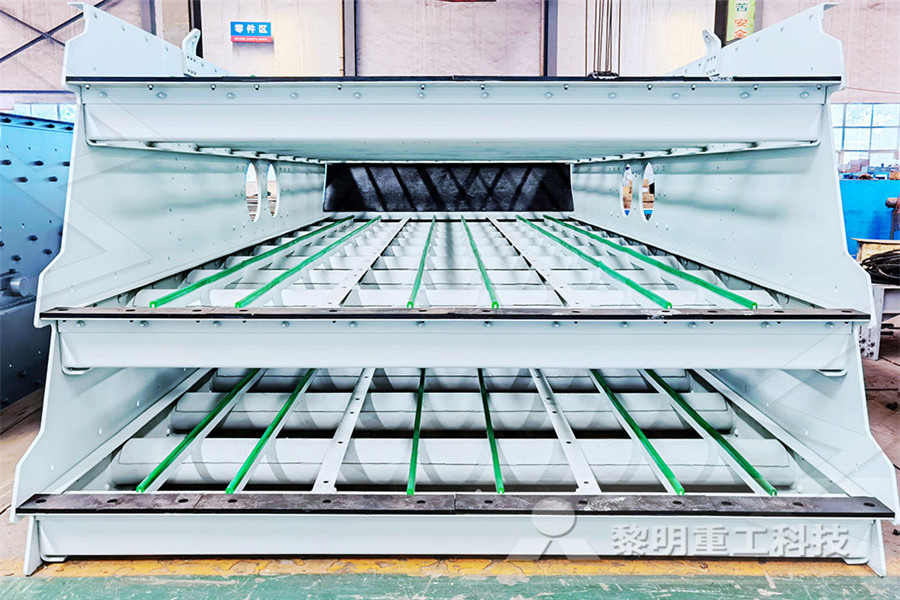
Factors Affecting Ball Mill Grinding Efficiency
25/10/2017 d) Feed Composition – The feed to the ball mill may contain one or several other constituents besides the ore itself The most common of these is water, which displays a variety of effects on the grinding process, depending on the nature of the material and the percent solids of the mix Dry grinding may require ten to fifty percent more power than wet, although this is The ball mill is the most common ore grinding technology today, and probably more than 50% of the total world energy consumption for ore grinding is consumed in ball mills(PDF) Effect of circulating load and classification 04/07/2020 Electrostatic Precipitators are used in cement plants particularly for removal of dust from the exit gases of cement kilns and from the exhaust air discharged by dryers, combined grinding and drying plants, finishing mills, and raw mills through water injection Through ESPs, the dustladen gas is made to flow through a chamber usually horizontally, during which it BASIC CEMENT PLANT LAYOUT – Process Cement Forum – The
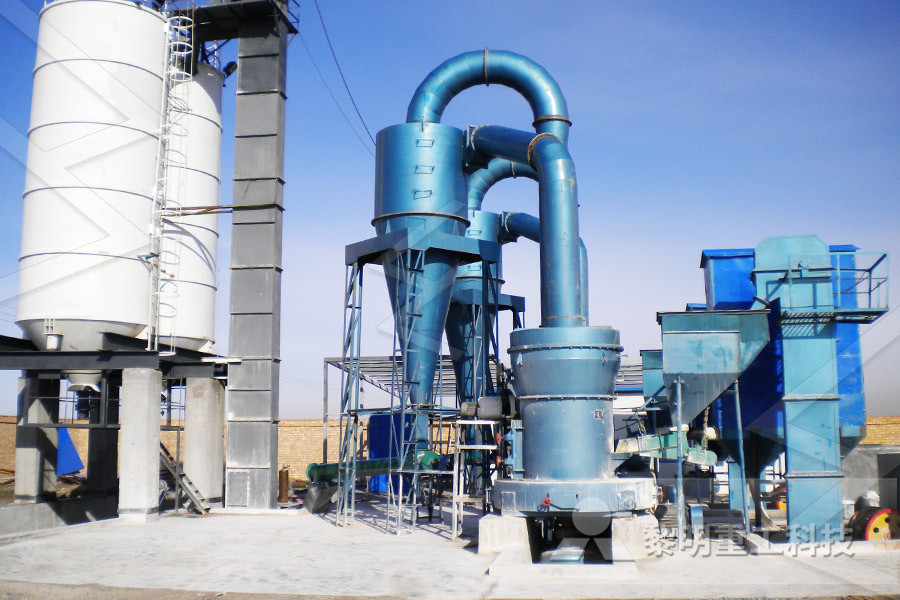
CEMENT RAW MATERIALS International Cement Review
The raw materials which supply cement works, and which may be required in quantities of over 4,000 tonnes per day, must be thoroughly proven if the plant is to run successfully Consistent quality feed is required and an extraction plan must be made to ensure that a uniform flow of raw material will always be available to the kilns20/03/2016 Example: A mill in closed circuit with a classifier receives 300 dry tons of crude ore per day, and the percentages of solid are respectively 25, 50, and 84% in the classifier overflow, feed to classifier, and sand, equivalent to L: S ratios of 30, 10, and 0190 Then the circulating load ratio equalsCommon Basic Formulas for Mineral Processing Calculations17/08/1971 cement plants are located close to a calcareous raw material source whenever possible Other elements included in the raw mix are silicon, aluminum, and iron These materials are obtained from ores and minerals such as sand, shale, clay, and iron ore Again, these materials are most commonly from openpit quarries or mines, but they may be d or 116 Portland Cement Manufacturing
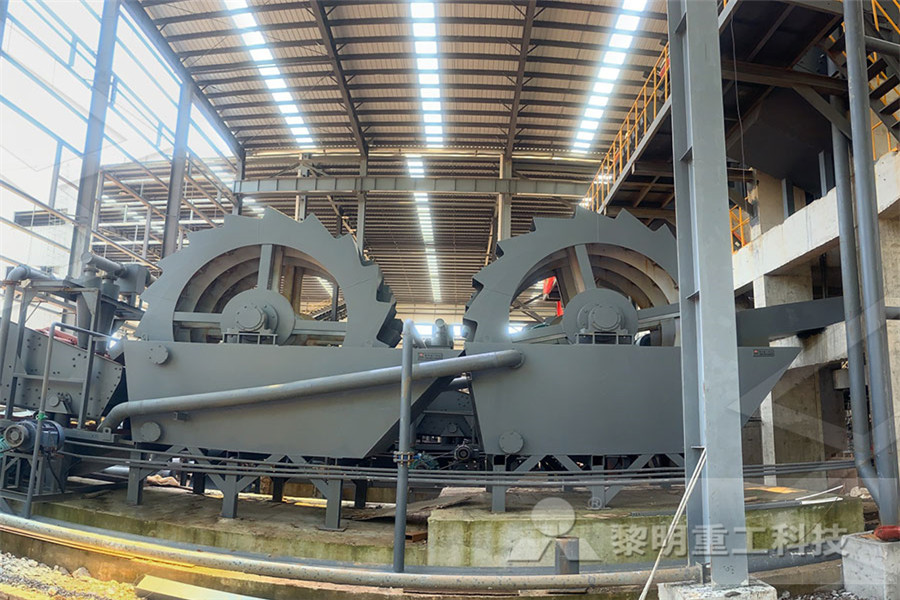
The chemical composition of the cement raw mix materials
Raw materials such as limestone, silica stone, clay, basalt stone, coal, and iron sand are ground with a ball mill and formed into pellets followed by burning at sintering temperatures of 1100 01/08/2015 The material efficiency values for a raw mill, pyroprocessing tower, rotary kiln, clink cooler, and cement mill are determined to be 3669%, 3424%, 3924%, 2976%, and (PDF) Analysis of material flow and consumption in cement Cement plant operation handbook × Close Log In Log in with Facebook Log in with Google or Password Remember me on this computer or reset password Enter the address you signed up with and we'll you a reset link Need an account? Click here to sign up Log In Sign Up Log In; Sign Up (PDF) Cement plant operation handbook jorge pinedo
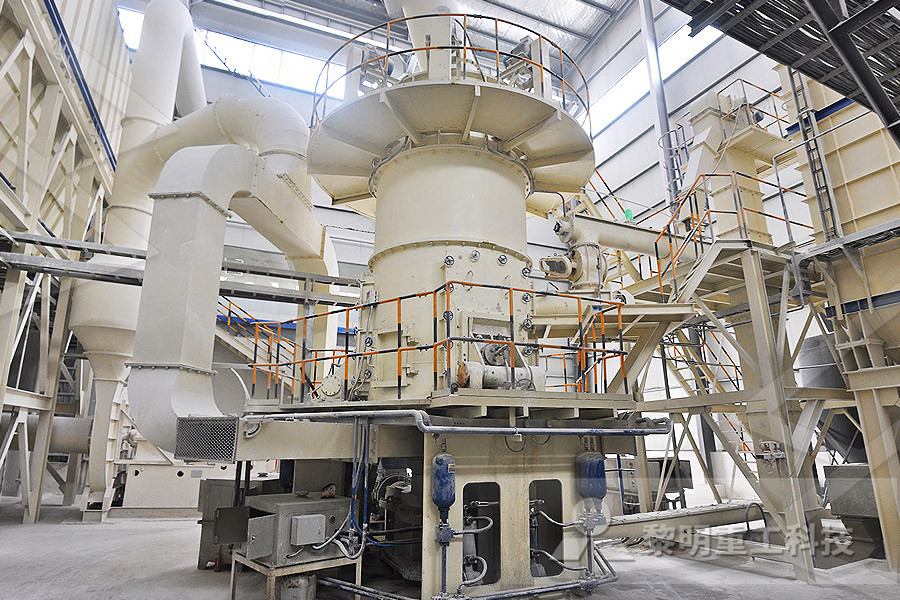
The essentials of electrical systems in cement plants EEP
05/09/2021 The desired raw mix of crushed raw material and the additional components required for the type of cement, eg silica sand and iron ore, is prepared using metering devices Roller grinding mills and ball mills grind the mixture to a fine powder at the same time as drying it , before it is conveyed to the raw meal silos for further homogenisationCement plants get located near limestone deposits; steel plants near iron ore deposits Thermal power stations tend to get located near coal deposits It is not always possible for the three to be located close to one another Therefore fly ash and slag have to be transported to cement plants This creates some limitations and introduces aspects of storage and handling of these Blended Cement an overview ScienceDirect Topics26/10/2012 There are three raw mill in the plant, a ball mill and two vertical roller mills The output of the grinding process – called „raw meal‟ – is transferred to a homogenization silo before the clinker manufacturing process 231 BALL MILL Ball Mill grinds material by rotating a cylinder with steel grinding balls, causing the balls to fall back into the cylinder and onto the cement internship report SlideShare
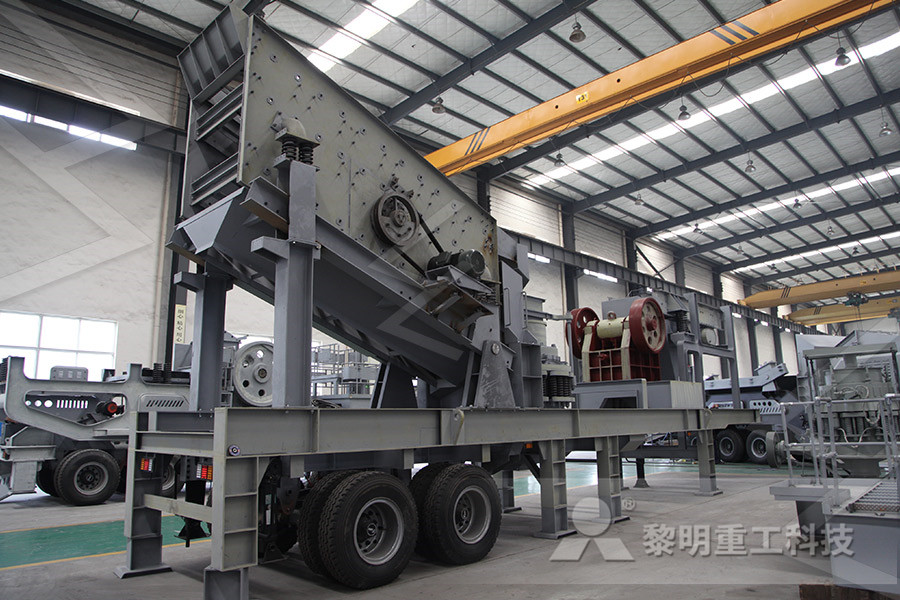
FLOWCHART Template
The process of making cement is described in this flow chart The two raw materials used in theprocess are limestone and clay Limestone is crushed, sized, dried and stored in storage silos In the same way, Clay is washed, crushed, and dried in storage basins The two materials are mixed in the correct proportion and ground in a tube mill (This mixture is known as slurry) and The ball mill is the most common ore grinding technology today, and probably more than 50% of the total world energy consumption for ore grinding is consumed in ball mills(PDF) Effect of circulating load and classification The ball mill is a key piece of equipment for grinding crushed materials, and it is widely used in production lines for powders such as cement, silicates, refractory material, fertilizer, glass ceramics, etc, as well as for ore dressing of ferrous and nonferrous metals The ball mill can grind ores and other materials, wet or dry There are two kinds of ball mills according to their Ball mill Wikipedia
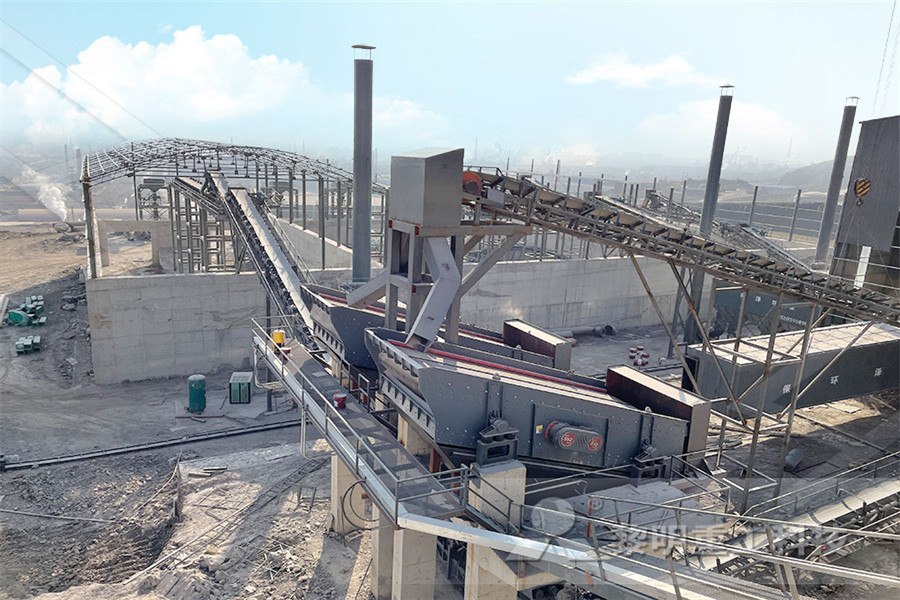
Hazard Identification, Risk Assessment, and Control
Both limestone and coke are ground in a definite lime to coke ratio in a ball mill by dry grinding process The product is lime + coke powder mix of desired fineness (−200 mesh, 80%) is stored for subsequent mixing process In mixing and baling building, bentonite, lime + coke mix are added to the concentrate filter cake at a definite rate of addition and is thoroughly mixed in a 24/08/2015 Grid type ball mill than the overflow type ball mill not only has low row ore mouth pulp surface, pulp by fast speed, can reduce the ore crushing, holds the ball more, can be mounted ball, you can also use the balls at the same time, due to the row of ore terminal is equipped with grid, ball will not be pulp out of the barrel, and can form good working GreatWall: August 2015Raw materials employed in the manufacture of cement are extracted by quarrying in the case of hard rocks such as limestones, slates, and some shales, with the aid of blasting when necessary Some deposits are mined by underground methods Softer rocks such as chalk and clay can be dug directly by excavators The excavated materials are transported to the crushing plant by cement Extraction and processing Britannica
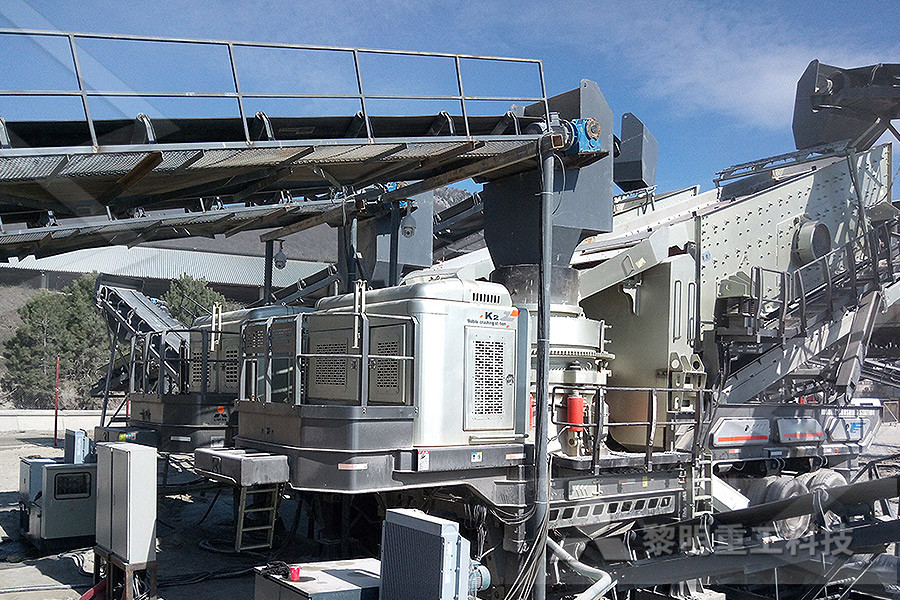
Blended Cement an overview ScienceDirect Topics
Cement plants get located near limestone deposits; steel plants near iron ore deposits Thermal power stations tend to get located near coal deposits It is not always possible for the three to be located close to one another Therefore fly ash and slag have to be transported to cement plants This creates some limitations and introduces aspects of storage and handling of these 30/08/2012 Raw materials are extracted from the quarry and by means of conveyor belt material is transported to the cement plant There are also various other raw materials used for cement manufacturing For example shale, fly ash, mill scale and bauxite These raw materials are directly brought from other sources because of small requirementsCement Manufacturing Process Phases Flow Chart 25/02/2011 In the cement production of the shaft kiln, the moisture of the raw material and the fuel is relatively high, and the fluctuation is fierce So the finished material should be dried to keep the moisture in a suitable range In cement plant, the drying equipment consumes large amount of fuel Adopting the combination lifting plate of rotary dryer design can improve the heat Bailing88's Blog Just another WordPress site
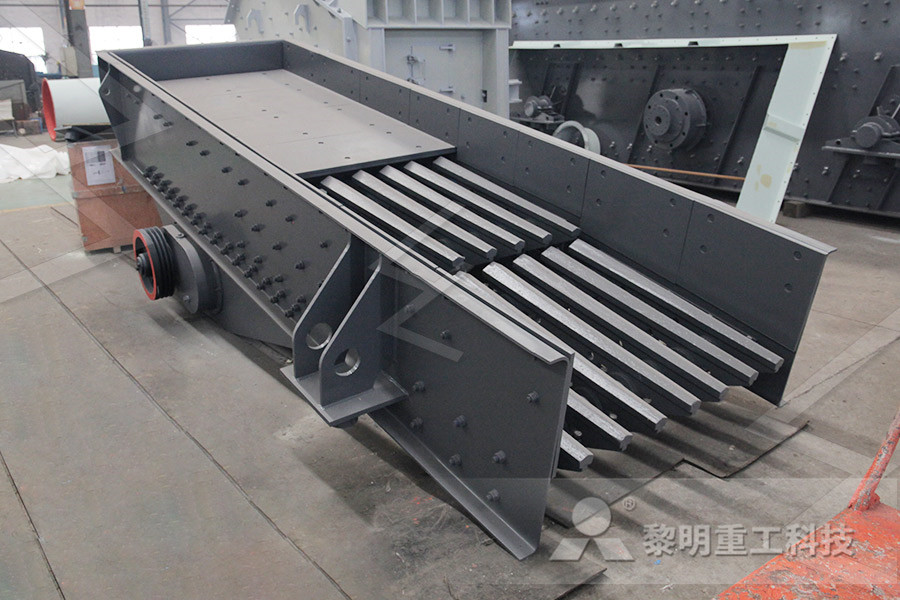
What is Cement Clinker? Composition, Types Uses Civil
pozzolana cement; silica fume cement; Clinker is primarily used to produce cement Since it can be stored in dry condition for several months without noticeable deterioration, it is traded internationally in large amounts Cement manufacturers buy clinker for their cement plants in areas where raw materials for cement are scarce or unavailable04/09/2021 Raw materials : Bulky and heavy raw materials like limestone, silica, alumina and gypsum are used in it Besides this, it needs coal, electric power and rail transportation Location of plants : First cement plant was set up in Chennai in 1904 However,decontrol of price and distribution and policy reforms since 1989 led to its expansionClass 10 Geography Chapter 6 Extra Questions Learn Insta









